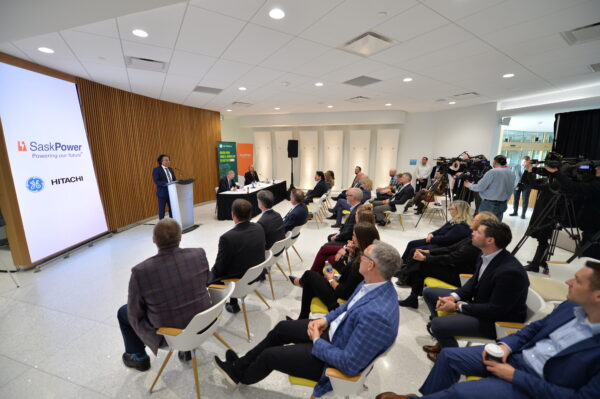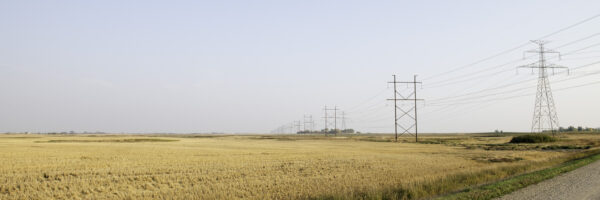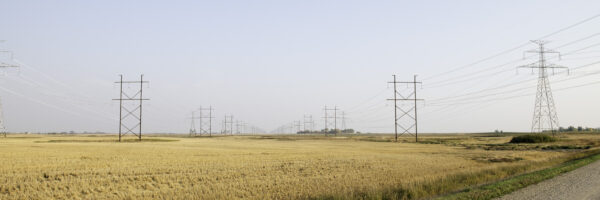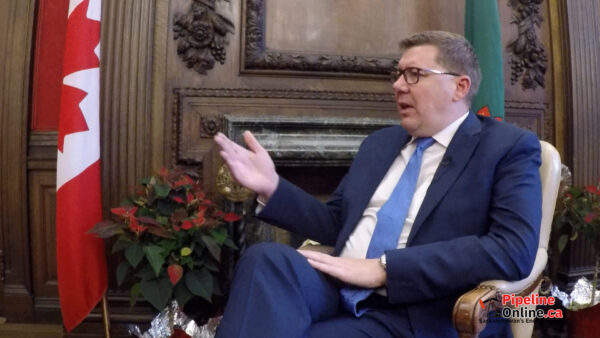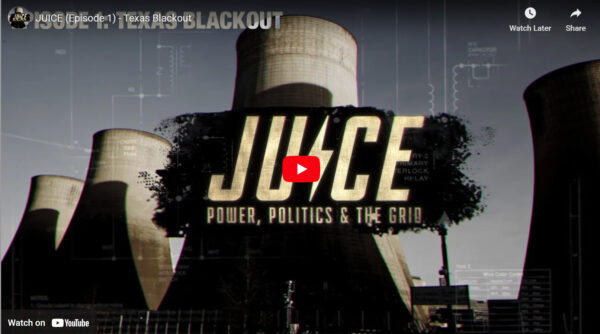
This video series is a spectacular take on many of the energy issues of the day. It starts with the February, 2021, Texas blackouts, and goes on to tackle renewable power in the form of wind and solar. It doesn’t speak too fondly of coal, but goes broadly into the adoption of nuclear power. Canada and its experience with nuclear figures heavily into this series, including the influence of Dr. Chris Keefer, a Toronto ER physician who had lead the crusade to bring nuclear power back to the fore. And the series gets into why nuclear all of a sudden is in a renaissance after decades of being in the dumps.
This applies directly to Saskatchewan, where just last week, SaskPower inked a deal with GE Hitachi Canada to continue the development path of small modular reactors. And in that press conference, SaskPower president and CEO Rupen Pandya, when asked by Pipeline Online how many reactors we’re going to build, said Saskatchewan’s grid is expected to grow from 5,400 megawatts currently to 13,000 to 15,000 megawatts by 2050. That’s about 2.5x what it is now. And nuclear appears like it’s going to play a huge part in that. So the issues presented in this series are very topical for this province.
Juice really highlights a lot of the issues Pipeline Online has been focusing on for the last two years. In particular, reliability trumps all, and wind and solar can only be relied upon to be utterly unreliable.
I strongly suggest anyone in the decision chain of Saskatchewan going nuclear – all MLAs, including cabinet and opposition, all executives, board and management of SaskPower, and union leadership and membership, take the time to watch this at some point in the near future. This is the reality Saskatchewan is rapidly heading towards.
This series was put together by Robert Bryce and Tyson Culver. Bryce one of the most astute energy analysts out there. You can follow his Substack at https://robertbryce.substack.com/
This was originally a feature, but broken up into manageable chunks and posted for free on YouTube. Each episode is around 22 minutes long. It’s definitely worth watching all five. All five videos are in the story link above.








